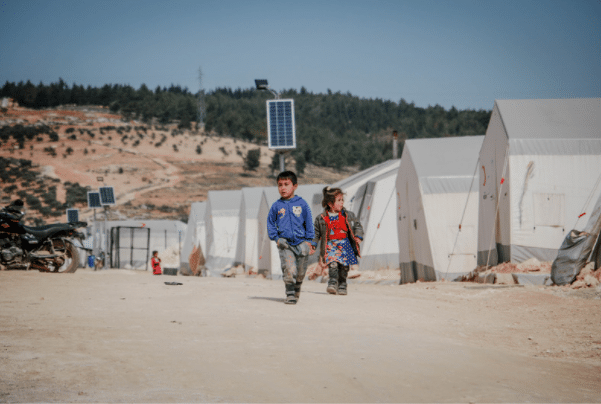The formal humanitarian system is on the brink of collapse and needs a structural revolution to be a key part in how we meet the challenges of the 21st century. How can we break out of silos and our own exceptionalism to find the perfect point break for humanitarian action?
Save the Children Norway (Redd Barna), Peach Resarch Institute Oslo (PRIO) and the NCHS hosted this seminar to discuss issues facing current humanitarian action.
In particular, this seminar explored:
Background
Recurrent disasters and protracted conflict and displacement are barriers to sustainable development. They undermine recovery and resilience. In 2014 more than 90% of countries with annual humanitarian appeals have had them for three years or more; 60% have annual appeals for more than eight years (Gavas, Gulrajani, Hart/ODI: 2015). The formal humanitarian system is under financed, inefficient and overloaded.
Most Low Income Countries are characterised by fragile state structures and vulnerability to conflict, unless this is tackled by shared analysis and strategies across the hum-dev divide, and enshrined in national plans, we will not meet the SDGs.
Despite this situation the architecture of humanitarian assistance remains focused on short-term interventions, rather than facilitating a transition to development and strategic national planning (Gavas, Gulrajani, Hart/ODI: 2015).Currently the system is not organized in a way which favors coherence and complementarity (Bennett/ODI, 2016).
Despite evidence that local actors and organizations are driving response in many areas, the formal humanitarian system has failed to connect meaningfully with national and local institutions and groups. The incentives for such engagement currently do not exist: the sector’s power dynamics, culture, financing and incentive structures create compelling reasons to remain closed and centralized and averse to innovation, learning and transformation. This creates unhelpful rivalries and inefficiencies within the formal sector, and erects high barriers – financial, cultural and regulatory – that stand in the way of more constructive and fruitful engagement between those within and outside the current formal system (Bennett/ODI 2016).
The key note speaker for this seminar was Christina Bennett, ODI (author of “Time to let go: Remaking Humanitarian Action for the modern era”). Comments were provided by Kristin Bergtora Sandvik on the current challenges for the formal humanitarian system (PRIO)
Norwegian government perspectives on how Norway were provided by Tore Hattrem, State Secretary of the Norwegian Ministry of Foreign Affairs.
Perspectives on how Norwegian NGOs are prepared to contribute to the humanitarian revolution were also provided by:
